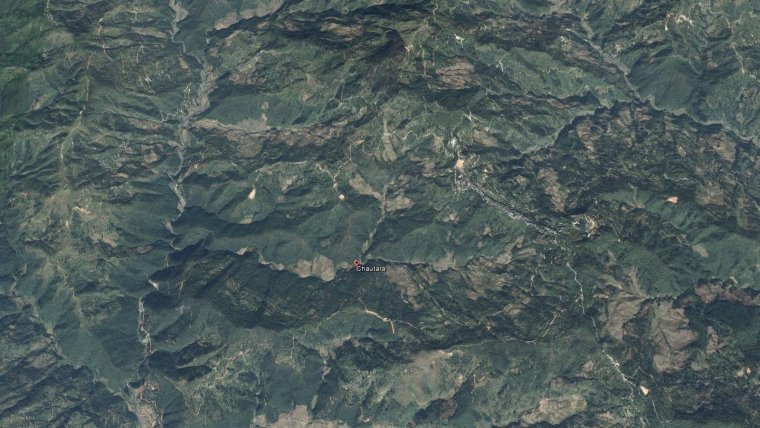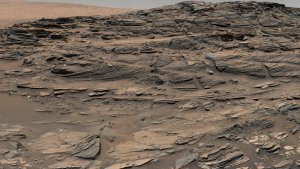| News / Space News |
DHS and NASA Technology Helps Save Four in Nepal Earthquake Disaster
Four men trapped under as much as 10 feet of bricks, mud and other debris have been rescued in Nepal thanks to a new search-and-rescue technology developed in partnership by the Department of Homeland Security's (DHS) Science and Technology Directorate (S&T) and the National Aeronautics and Space Administration's (NASA) Jet Propulsion Laboratory (JPL).

A men had been trapped beneath the rubble for days in the hard-hit village of Chautara. ![]()
The device called FINDER (Finding Individuals for Disaster and Emergency Response) uses microwave-radar technology to detect heartbeats of victims trapped in wreckage. Following the April 25 earthquake in Nepal, two prototype FINDER devices were deployed to support search and rescue teams in the stricken areas.
FINDER has previously demonstrated capabilities of detect people buried under up to 30 feet of rubble, hidden behind 20 feet of solid concrete, and from a distant of 100 feet in open spaces. A new "locator" feature has since been added to not only provide search and rescue responders with confirmation of a heartbeat, but also the approximate location of trapped individuals within about five feet, depending on the type of rubble.
YOU MAY ALSO LIKE





